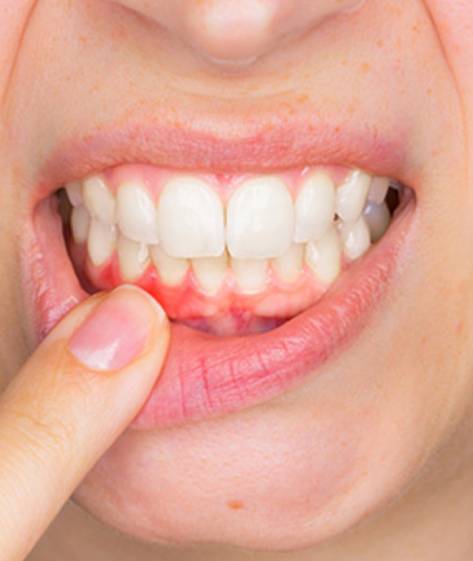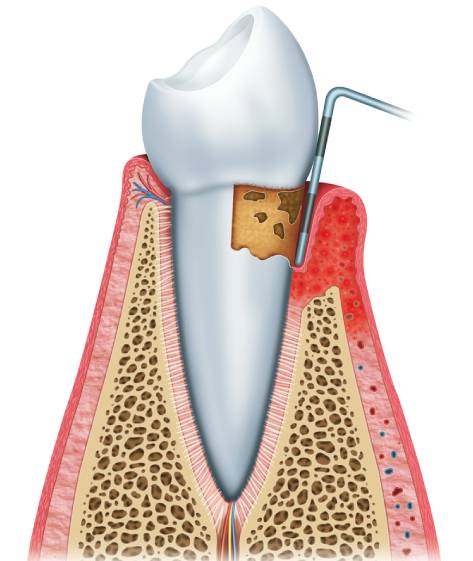Dental Clinic in Fergus ON 226-897-1016 | Crystal Dental
menu
- Home
- About
- Technology
- Why Choose Us
- Treatments
- New Patients Dental Exam
- Emergency Dentist
- Hygiene Services
- Gum Treatment
- Root Canal Treatment
- Sedation Dentistry
- Wisdom Teeth Removal
- Dental Crowns
- Children’s Dentistry
- Family Dentistry
- Dental Implants
- Dentures
- Dental Bridges
- Dental Filling
- Invisalign Braces
- Mouth Cancer Screening
- Teeth Whitening
- Dental Veneers
- Facility
- Covid Precautions
- Patient Forms new
- Contact Us
menu
- Home
- About
- Technology
- Why Choose Us
- Treatments
- New Patients Dental Exam
- Emergency Dentist
- Hygiene Services
- Gum Treatment
- Root Canal Treatment
- Sedation Dentistry
- Wisdom Teeth Removal
- Dental Crowns
- Children’s Dentistry
- Family Dentistry
- Dental Implants
- Dentures
- Dental Bridges
- Dental Filling
- Invisalign Braces
- Mouth Cancer Screening
- Teeth Whitening
- Dental Veneers
- Facility
- Covid Precautions
- Patient Forms new
- Contact Us
[contact-form-7 id=”658″ title=”Services”]
What is Gum Disease?
Gum disease (also known as periodontitis) is an extremely common ailment that is often caused by the build-up of plaque. Gum disease can cause serious problems for the teeth and eventually lead to tooth loss. Statistics suggest that around 50 to 80 percent of the population suffer from gum disease.

What are the Symptoms of Gum Disease?
If oral health is maintained to a high standard, gums will be pink and firm while keeping the teeth anchored securely in place. Additionally, there should not be any gum bleeding on brushing. Gum disease is not usually painful, however, sufferers may notice swelling and redness of the tissue, as well as bleeding after brushing or flossing.
- Bad breath
- Receding gums
- An unpleasant taste in the mouth
- Sensitive teeth
- Loose teeth, which can make eating a more difficult task
- Gum abscesses and infection
Am I Likely to Suffer from Gum Disease?
Majority of people will fall victim to the condition at some point in their lives, particularly if they neglect their oral health.
What are the causes of gum disease?
The most common cause is a lack of oral hygiene which results in plaque buildup. This soft, sticky substance is formed when bacteria collect on the surface of the teeth and can result in long-term issues if left untreated.There are also a number of risk factors that can increase a person’s chance of developing the condition. These include smoking, diabetes, and a weakened immune system (usually due to an illness such as HIV, AIDS or through chemotherapy treatment).

How is it Diagnosed?
Patients who have noticed they are displaying some of the symptoms of this condition should book an appointment with one of our dentists, hygienist or registered specialist Periodontist as soon as possible.
How Gum Disease Treated?



How can I prevent tooth loss?
- An efficient dental hygiene routine could result in individuals maintaining healthy teeth and gums.
- An efficient hygiene routine includes:
- Brushing for between two and three minutes twice every day
- Using a toothpaste that includes fluoride to protect against decay
- Flossing teeth once a day
- Abstaining from unhealthy lifestyle choices such as smoking
- Visiting the dentist and hygienist on a regular basis
RECEDING GUMS TREATMENT
Loss of gum tissue can cause discomfort and pain, as well as making the individual feel self-conscious or embarrassed. Fortunately, there is often a way to treat this issue. Receding gums treatment is most often performed by a specialist periodontist, in order for it to be safe and effective.
Causes of Gum Recession
- The development of Gum Disease and gum infection.
- Applying too much pressure when brushing and flossing. Also, if the bristles of the toothbrush are too hard this can cause recession of the gums.
- Smoking or using chewing tobacco.
- Not maintaining an effective dental hygiene routine. Additionally, not attending regular dentist check-ups.
- Clenching and grinding teeth (Bruxism).
- Lip or tongue piercings.
- Genetically thin gums.
Symptoms of Gum Recession
It is not always easy to spot the signs of receding gums, as often it happens slowly over a long period of time. However, your dentist may be able to identify receding gums in their early stages.
Some symptoms to look out for are
- Teeth Loss
- Exposed roots
- A rough tooth texture along the gum line
- Teeth appearing longer than usual
- Increasing gaps in the teeth
Additionally, patients may notice signs that could seem unrelated. These include
- Sensitive teeth
- Sore or swollen gums
- Bleeding from the gums
- Bad breath.

Treatments for Gum Recession
Receding gums treatment can vary depending on the cause of the problem and its severity. Our registered specialist Periodontist will be able to identify and treat the issue accordingly.
Prevention of Gum Recession
Preventing this issue in the first place is always preferable. Therefore, there are certain actions individuals can take to try and stop the issue from developing. These include:
- Applying good daily dental hygiene.
- Abstaining from tobacco products.
- Eating a healthy, balanced diet.
- Purchasing a toothbrush that has softer bristles or an electric toothbrush.
Book an appointment with us for a successful Gum Treatment!

Crown Lengthening
Crown lengthening is a surgical procedure that exposes a greater amount of tooth structure. In cases where there is not much tooth structure remaining to support a crown, crown lengthening is performed to allow a dental crown to be fitted and thus restore the tooth’s structure and strength.
Indications for this procedure
- Root fracture.
- Crown fracture leading to inadequate tooth length remaining for a crown.
- Perforation of the tooth root.
- Inadequate crown length due to tooth wear.
- Below the gum decay on the root surface of the tooth.
Before we carry out crown lengthening surgery, we will take impressions, x-rays, and photos of your teeth. We also provide you with a mock-up model so that you can see how the final crown of the tooth will look before we begin any treatment.
Types of crown lengthening surgery available
- Reducing gum tissue (gingivectomy) using laser gum surgery.
- Apically repositioned gum surgery. This is carried out by our specialist Periodontist.
- Forced root eruption with orthodontics.
- Forced root eruption with surgery.
- Apically repositioned gum surgery with bone reduction. This is also carried out by our specialist Periodontist.
During your consultation, we will inform you of alternatives to crown lengthening surgery such as orthodontic tooth extrusion or extraction of the tooth
Gum Graft Surgery
Individuals concerned about receding gums could undergo a range of soft tissue grafting treatments. When gums recede, teeth often appear longer than normal and can become sensitive. This is due to exposure of root dentine.
Benefits of having Gum graft surgery
- Reduces gum recession and bone loss
- Covers exposed roots of teeth
- Protects against tooth decay
- Protects against tooth decay
- Reduces tooth sensitivity
- Improves the attractiveness of the smile
- Improves self confidence and self-esteem

Gum grafting surgical procedure
Patients will first be examined to ensure the most suitable type of treatment is carried out. If gum disease is present then it will need treating before gum graft surgery can takes place. Anaesthetic will always be administered before the treatment starts so that the treatment is completely painless. Connective-tissue grafts are the most commonly used technique to treat root exposure. During this procedure, a small flap of soft tissue from the roof of the mouth will be removed and sutured to the tissue surrounding the exposed root. This method is effective for the prevention of further root exposure, as well as reducing tooth sensitivity.
Free gingival graftsare generally the most useful technique for individuals who have thin gums and need additional tissue to bulk them up. Using this method, removal of soft tissue from the roof of the mouth and transplanting it to the recipient site is done in order to create thick tough tissue there. The donor site (the roof of the mouth) will heal normally without any damage to the underlying gums, bone or neighbouring teeth.
Some patients may benefit more from a pedicle graft. During this treatment, the gum is removed from around the tooth in need of repair. The gum will then be pulled over the root and sutured into place. Although this procedure appears to be the simplest option, it is only plausible when there is adequate soft tissue surrounding the damaged part of the tooth. Book an appointment today to remove your dental flaws!
